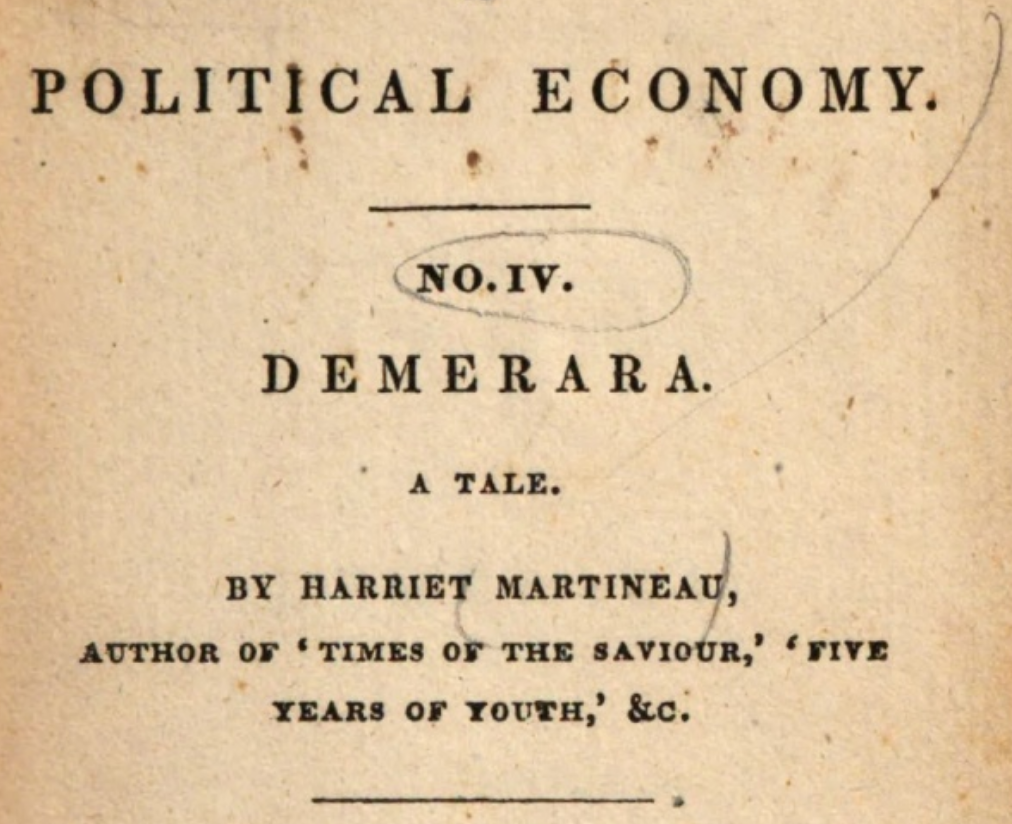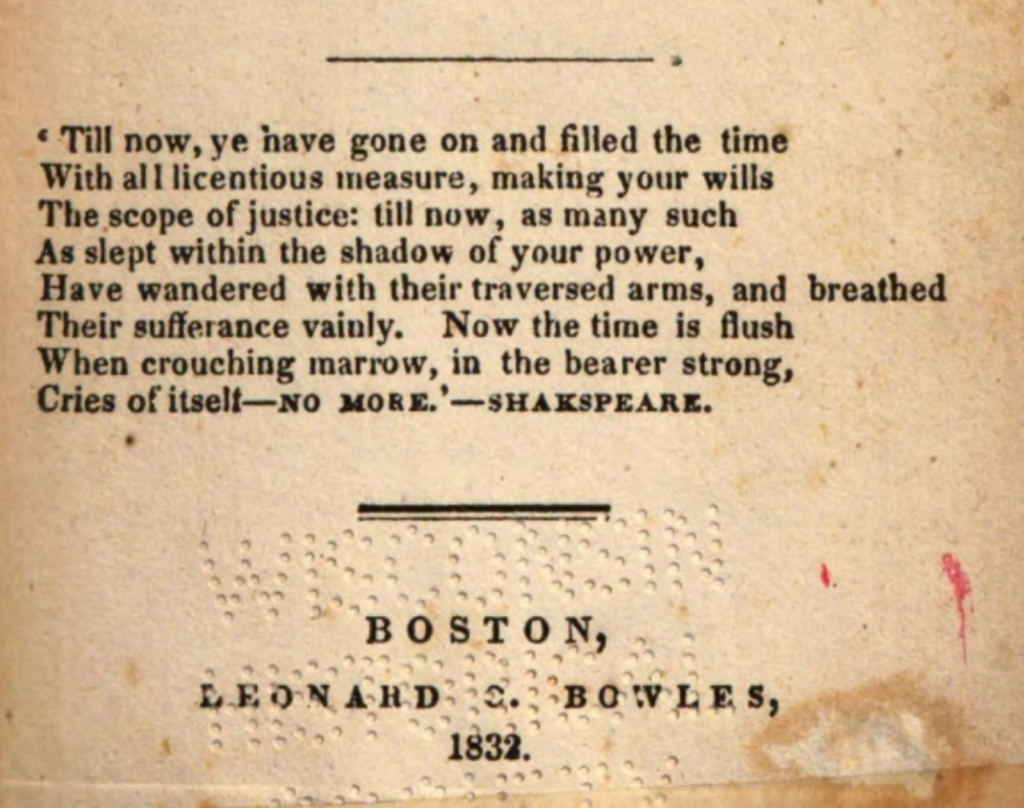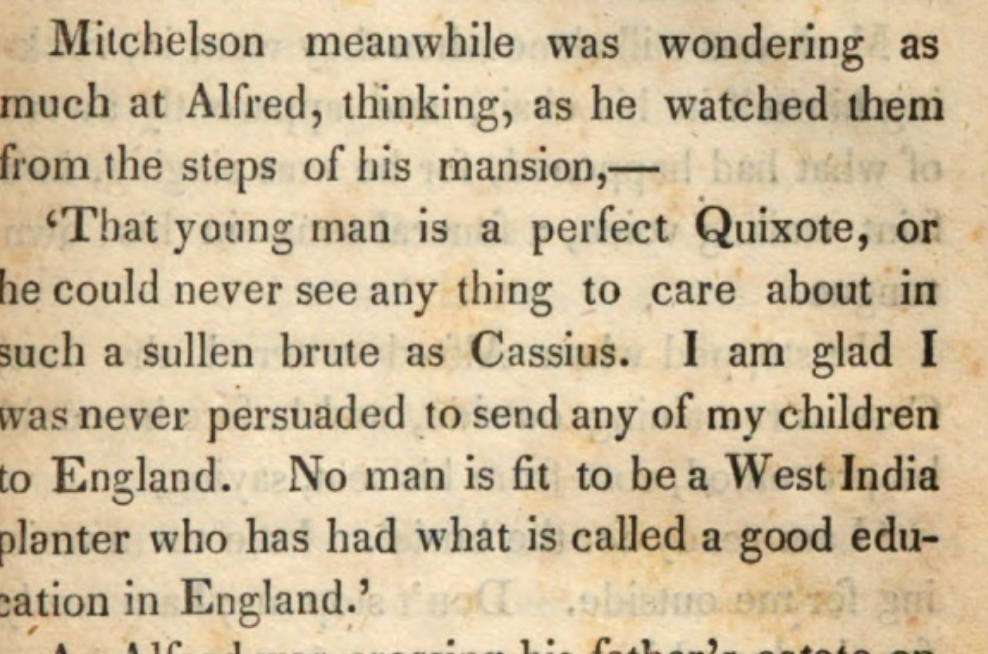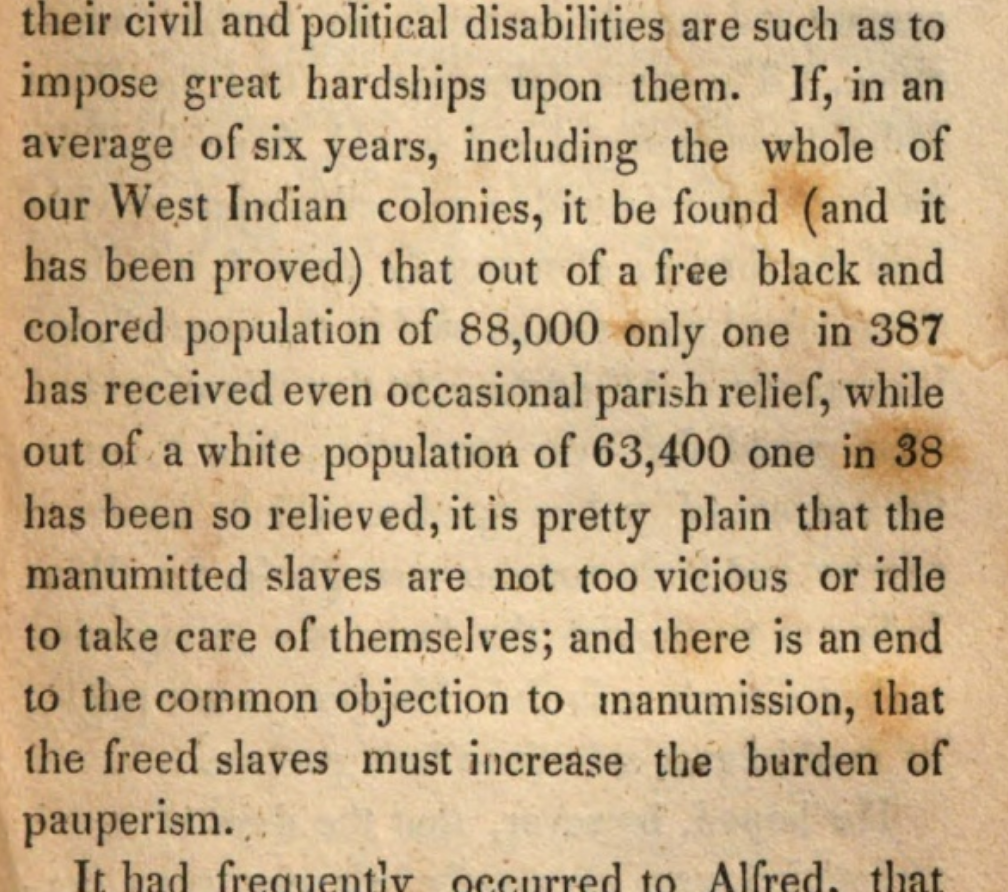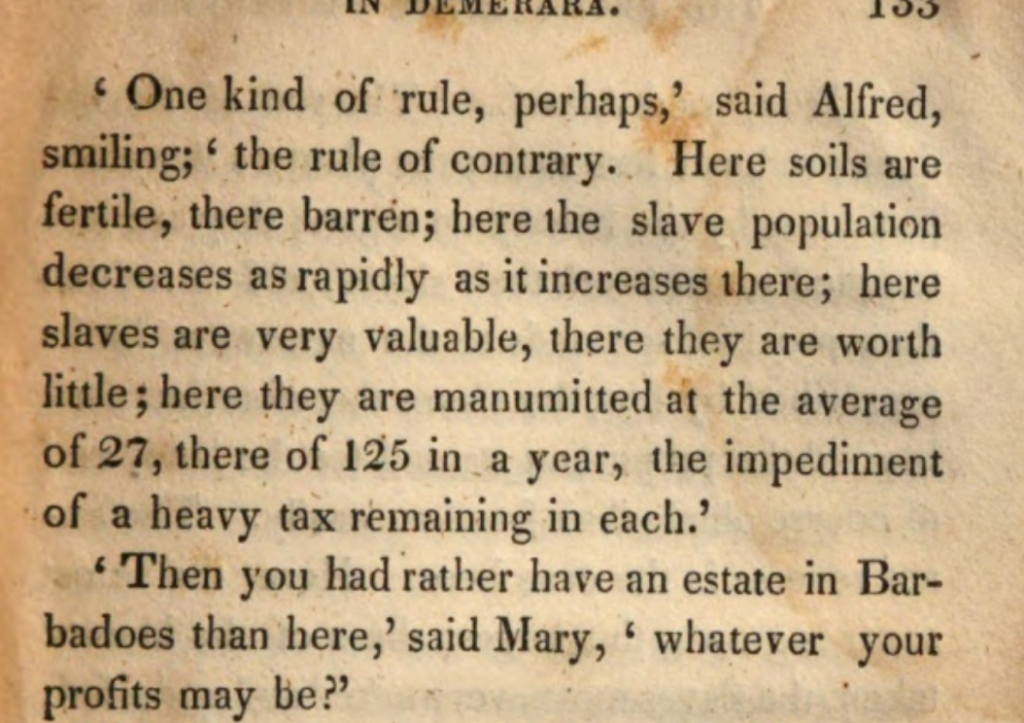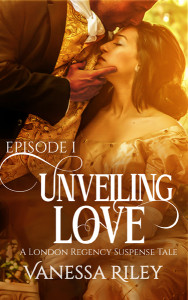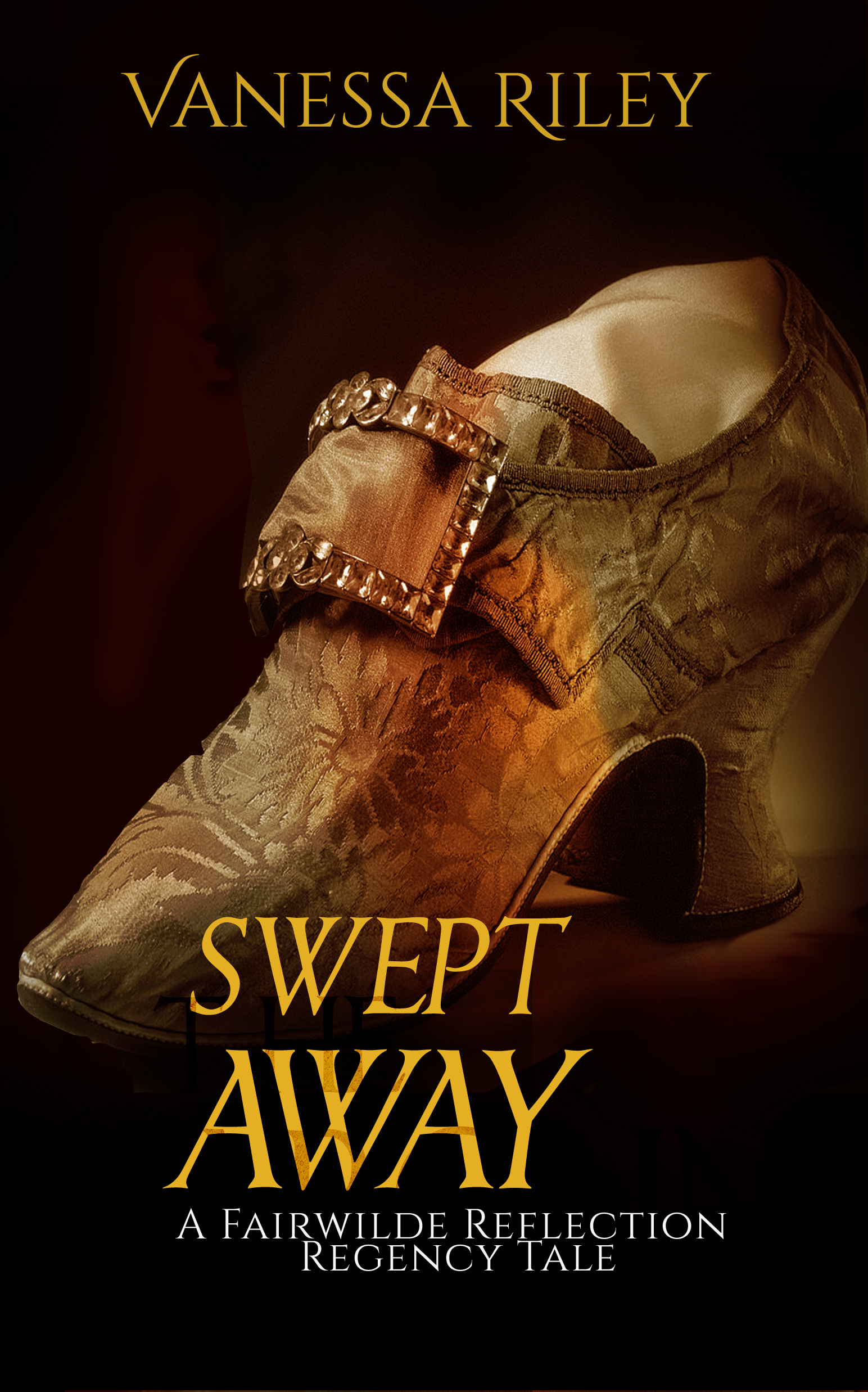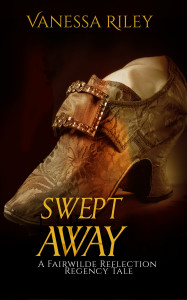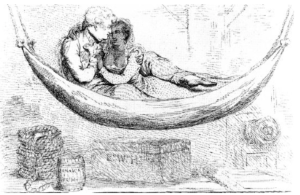Naomi here, and we’re talking about weddings today. More particularly, wedding hotspots. In today’s society, destination weddings seem to be growing in popularity. A person can’t just get married in a church anymore. Oh no. We have to fly to Hawaii, trade vows on a Jamaican beach at sunset, or visit the Florida keys in order to have the perfect wedding. Does anyone get married in a plain old church anymore?
In Regency England, church weddings were all the rage. They had to be. It was illegal to get married anywhere else (unless you were super rich and bought your way out of the church deal, but we’ll get to that in a moment).
According to the Hardwicke’s Marriage Act of 1753, if a couple wanted to marry, they needed:
- a license
- banns read in church services for three consecutive weeks
- parental consent if under the age of 21
Then the marriage itself had to:
- be performed in the morning hours between 8:00 and 12:00
- be held in a public chapel or church (Church of England church, Jewish synagogue or Quaker meeting)
- be conducted by authorized clergy
- be recorded in the marriage register with the signatures of both parties, the witnesses, and the minister.
As you can well see, the British Government was gracious to all those poor people wanting to get married two hundred years ago. And the sad thing is, England has so much lovely scenery. You know those beautiful White Cliffs of Dover? Do you want to get married there at sunset? Regular folk likely couldn’t have, though there were two ways around the tedious list of marriage regulations.
- For a modest sum, you could purchase a license from the local clergy, which enabled the marrying couple to skip the banns.
- For an exorbitant sum, you could purchase a special license from no less than the Archbishop of Canterbury, which enabled the marrying couple to skip the banns, get married outside a church, and marry after noon.
However, there was a more dramatic way to circumvent the Marriage Act of 1753: Elope. The Hardwicke Marriage Act was only law in England. Scotland didn’t adhere to such strict marriage regulations, and towns along the Scottish/English border became a popular place to elope, (especially if the bride or groom was under 21 and didn’t have parental consent). Today people fly to Vegas; in Regency England they rode four days (or more) from London to Gretna Green, Scotland. Or Coldstream Bridge, Lamberton, Mordington, or Paxton Toll.

For those wealthy, law abiding citizens not wishing to circumvent the Marriage Act or do something so extreme as to marry out of doors, the place to get married was St. George’s, Hanover Square. Interestingly enough, St. George’s is not located on Hanover Square itself, but a block or two away. It was located in the fashionable place for the ton to live when in London: Mayfair.
The church held about 1,000 weddings per year in Regency times, which comes out to three weddings per day. And remember the majority of these weddings had to take place between 8:00 am and noon. Can you imagine getting married there? Maybe, if you were lucky, you would have had the church for a whole hour before getting get kicked out so the next bride in line could have her turn. Which makes me equate St. George’s to a modern day Las Vegas wedding chapel. The record for marriages at St. George’s was set in 1816, with 1,063 weddings, including nine on Christmas Day.

So there you have it, Wedding Hotspots in Regency England, and the reason why those places were so hot: The Hardwicke Marriage Act.
*******
 A mother of two young boys, Naomi Rawlings spends her days picking up, cleaning, playing and, of course, writing. Her husband pastors a small church in Michigan’s rugged Upper Peninsula, where her family shares its ten wooded acres with black bears, wolves, coyotes, deer and bald eagles. Naomi and her family live only three miles from Lake Superior, where the scenery is beautiful and they average 200 inches of snow per winter. Naomi writes bold, dramatic stories containing passionate words and powerful journeys. Her debut novel, Sanctuary for a Lady releases in April of 2012.
A mother of two young boys, Naomi Rawlings spends her days picking up, cleaning, playing and, of course, writing. Her husband pastors a small church in Michigan’s rugged Upper Peninsula, where her family shares its ten wooded acres with black bears, wolves, coyotes, deer and bald eagles. Naomi and her family live only three miles from Lake Superior, where the scenery is beautiful and they average 200 inches of snow per winter. Naomi writes bold, dramatic stories containing passionate words and powerful journeys. Her debut novel, Sanctuary for a Lady releases in April of 2012.
Originally posted 2012-02-06 06:00:00.
